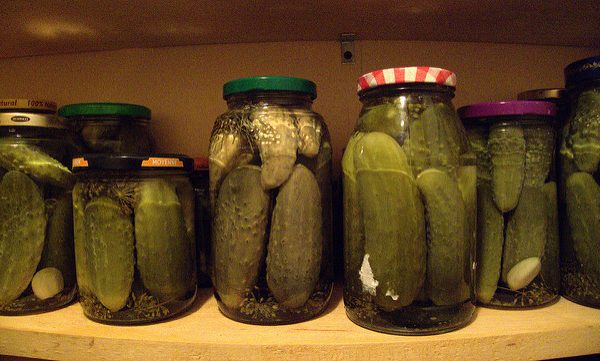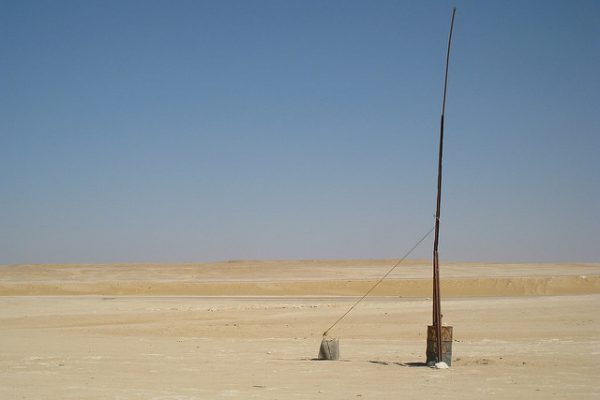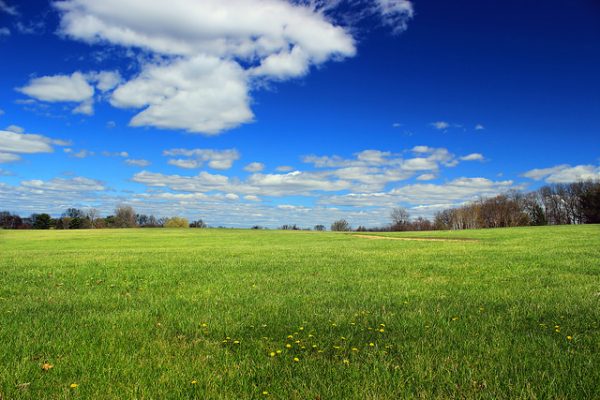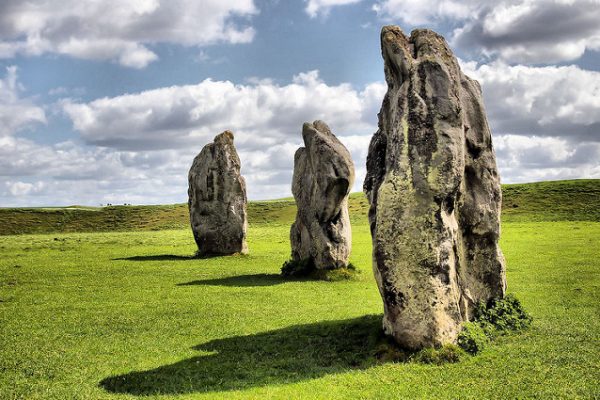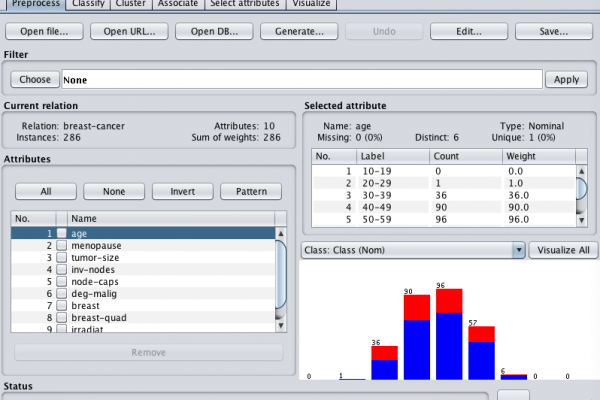Save and Load Machine Learning Models in Python with scikit-learn
Last Updated on August 28, 2020 Finding an accurate machine learning model is not the end of the project. In this post you will discover how to save and load your machine learning model in Python using scikit-learn. This allows you to save your model to file and load it later in order to make predictions. Kick-start your project with my new book Machine Learning Mastery With Python, including step-by-step tutorials and the Python source code files for all examples. […]
Read more